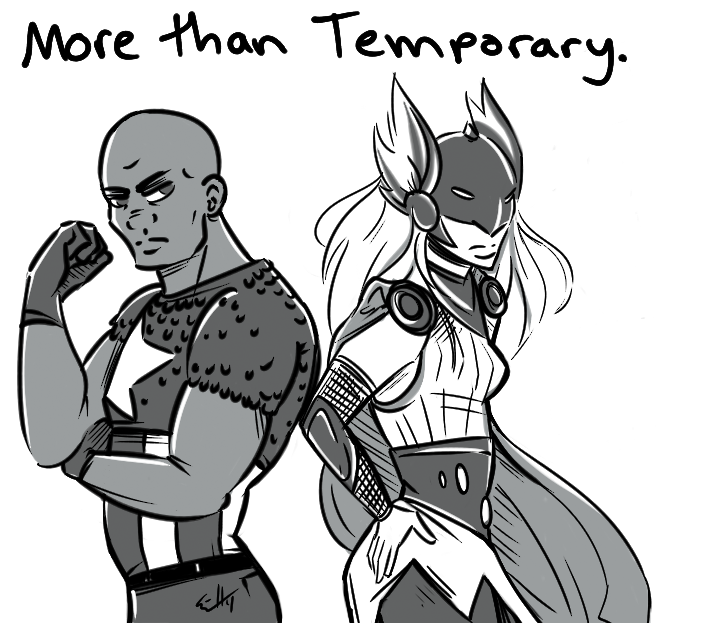
Erin Holloway, senior in English
Marvel announced that the comic book character Thor would soon be revamped as a woman on July 15. Shortly after, the comic book company announced that beginning in November, Captain America would no longer be Steve Rogers, but instead Sam Wilson, a black character previously known as the Falcon, Captain America’s sidekick.
The decision, as could have been predicted, was met equally with anger and excitement. Critics of the change cited tradition, and Internet commenters far and wide argued that changing “key traits” of characters such as Captain America and Thor undermined the story and distracted from the originality of the plot.
Of course, devotees of the Thor story will know that at one point in the continuous story thread, Thor was temporarily a frog. Or perhaps they might remember the story arc in which Thor’s brother, Loki, returned from the dead as a woman. Change, as E! Online reported, is part of the comic book universe, and keeps things fresh and interesting.
Beyond the reality that change maintains readership, there is a more pressing and logical reason behind the shift in character traits for the upcoming editions of both of the series.
“[The publisher] perceived there to be a real thirst for characters that reflect what we see in the mirror,” Axel Alonso, Marvel’s editor-in-chief, said to Time magazine. “Our goal is to make our characters reflect the outside world.”
While on the surface that reads as Marvel’s recognition of the need for diversity in media representation, I found the actual substance of this statement to be, well—flimsy.
First of all, these changes are temporary. Marvel’s artists have already hinted at Thor once again being male in a future edition, and history has proven that no matter what happens to Captain America, Steve Rogers inevitably manages to pick up the mantle once again. Temporary representation just isn’t enough.
Furthermore, as Graeme McMillan of wired.com pointed out, neither the new Thor nor the new Captain America are eased into the plotlines on their own merit. In both story arcs, each new version of the character only assumed the new roles by failure of their predecessors.
Even now, the Marvel universe is home to a half-black, half-Latino Spider-man. It looks now as though he is around for the long haul, but only because he exists as an accessory to the white superhero rather than on his own.
The challenge for Marvel now is to move beyond temporary diversity plugs and replacement figures. Now is the time to create completely new characters that will shine as heroes while also being women, people of color, and underrepresented minorities from the get-go and for the long haul.
Marvel made strides toward this goal in January, as it introduced Kamala Khan as Ms. Marvel, regarded and lauded as the first mainstream Muslim superhero. Hopefully, Khan is in the Marvel universe to stay, and the comic book studio introduces more minority heroes permanently.